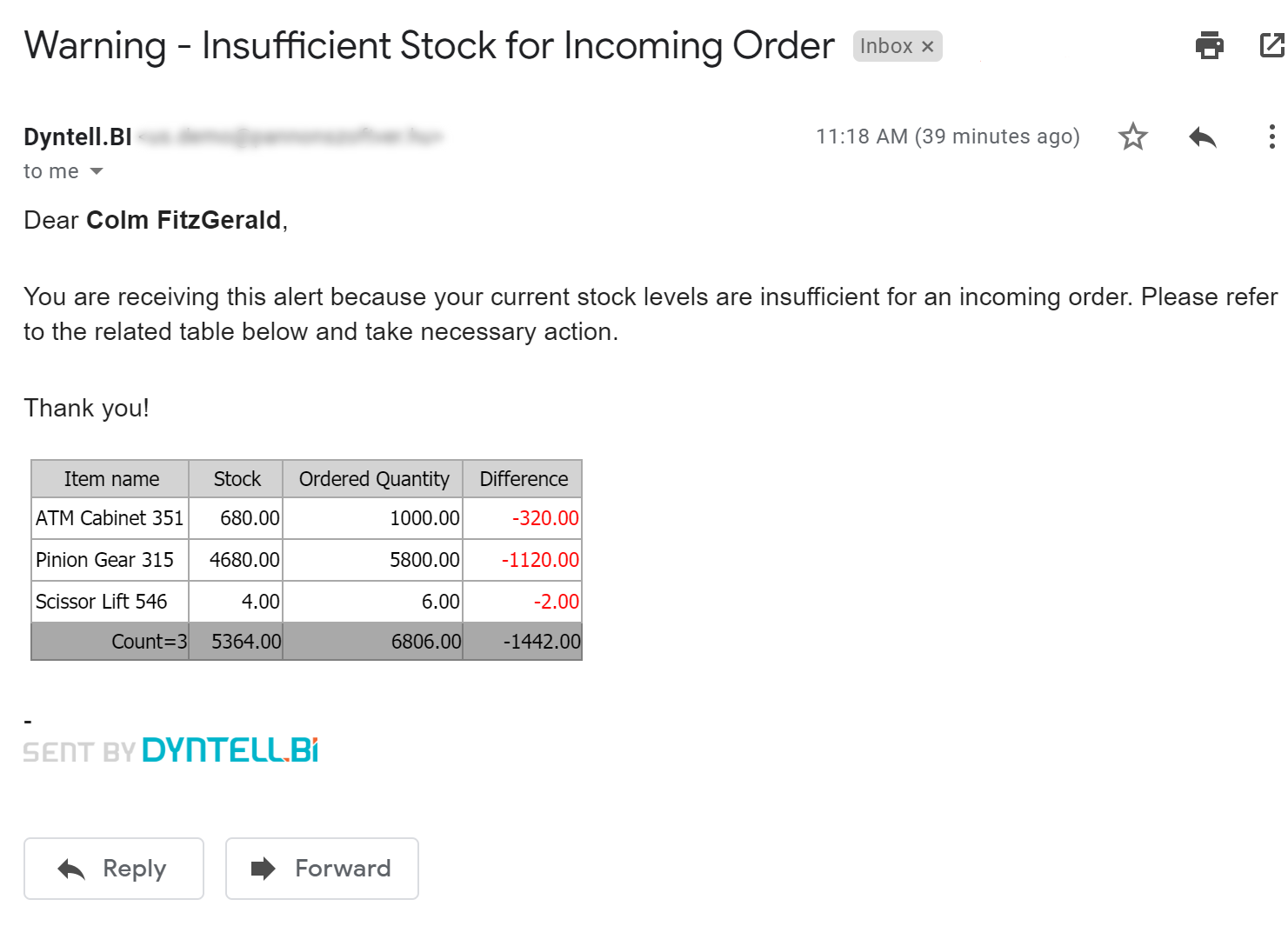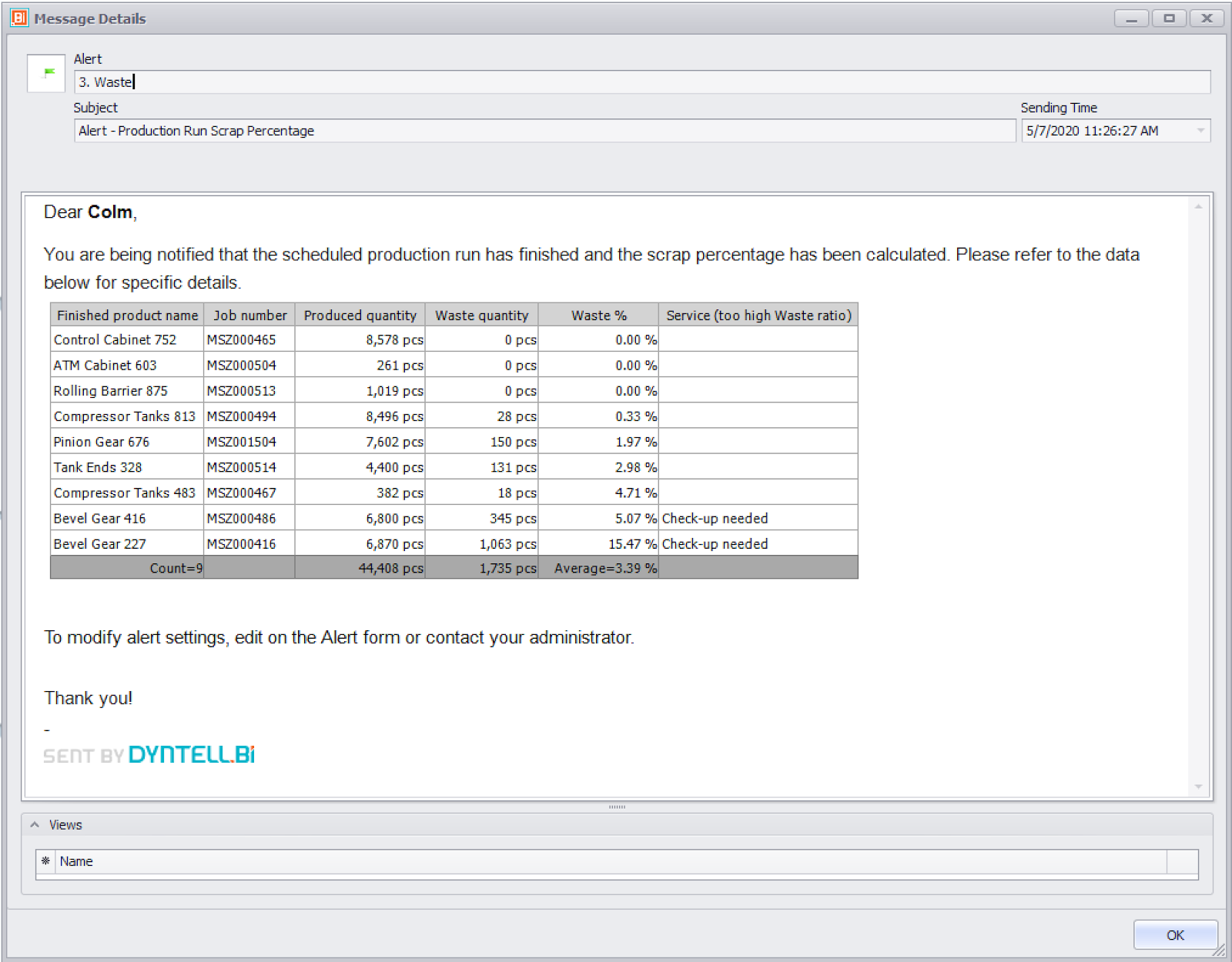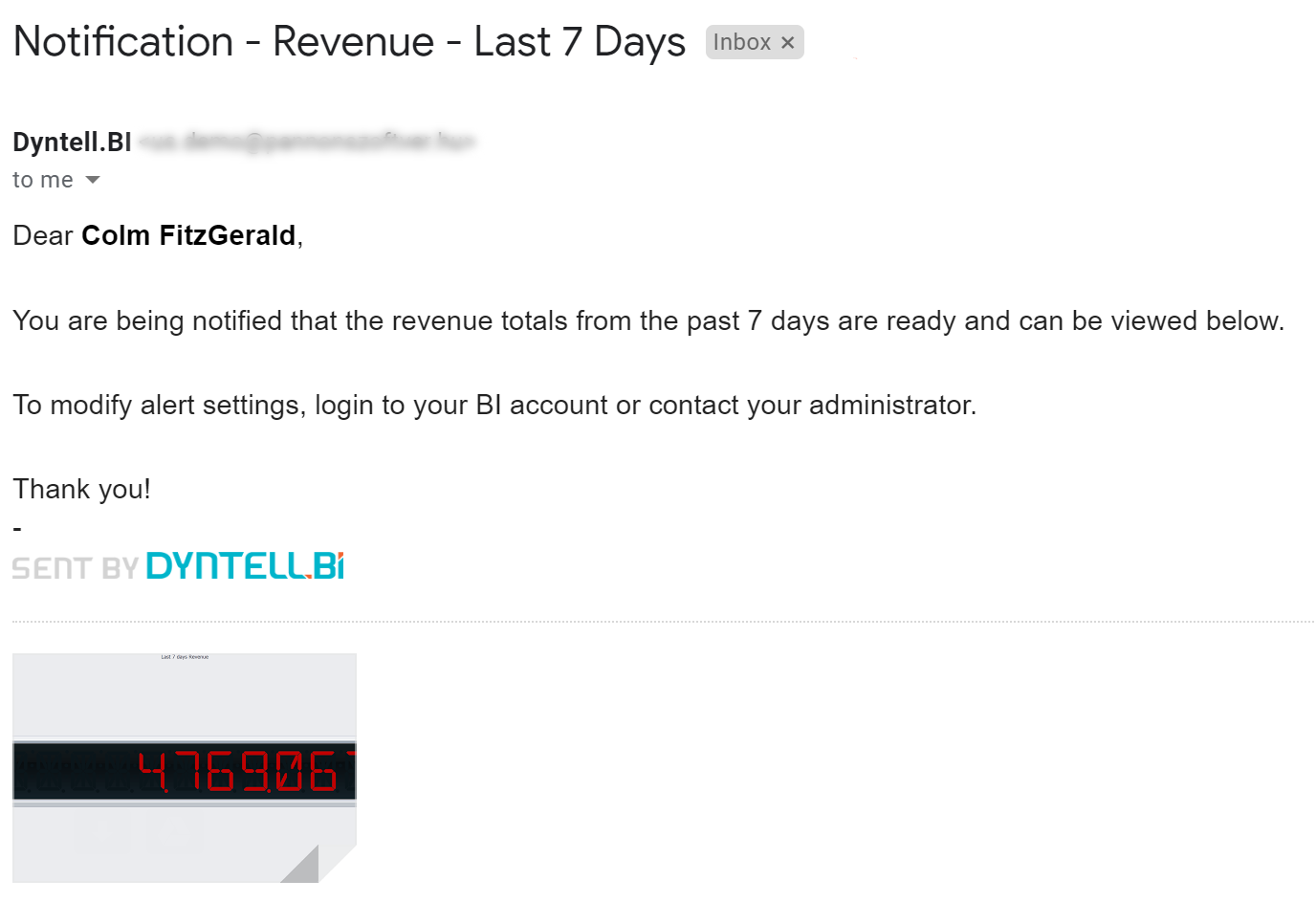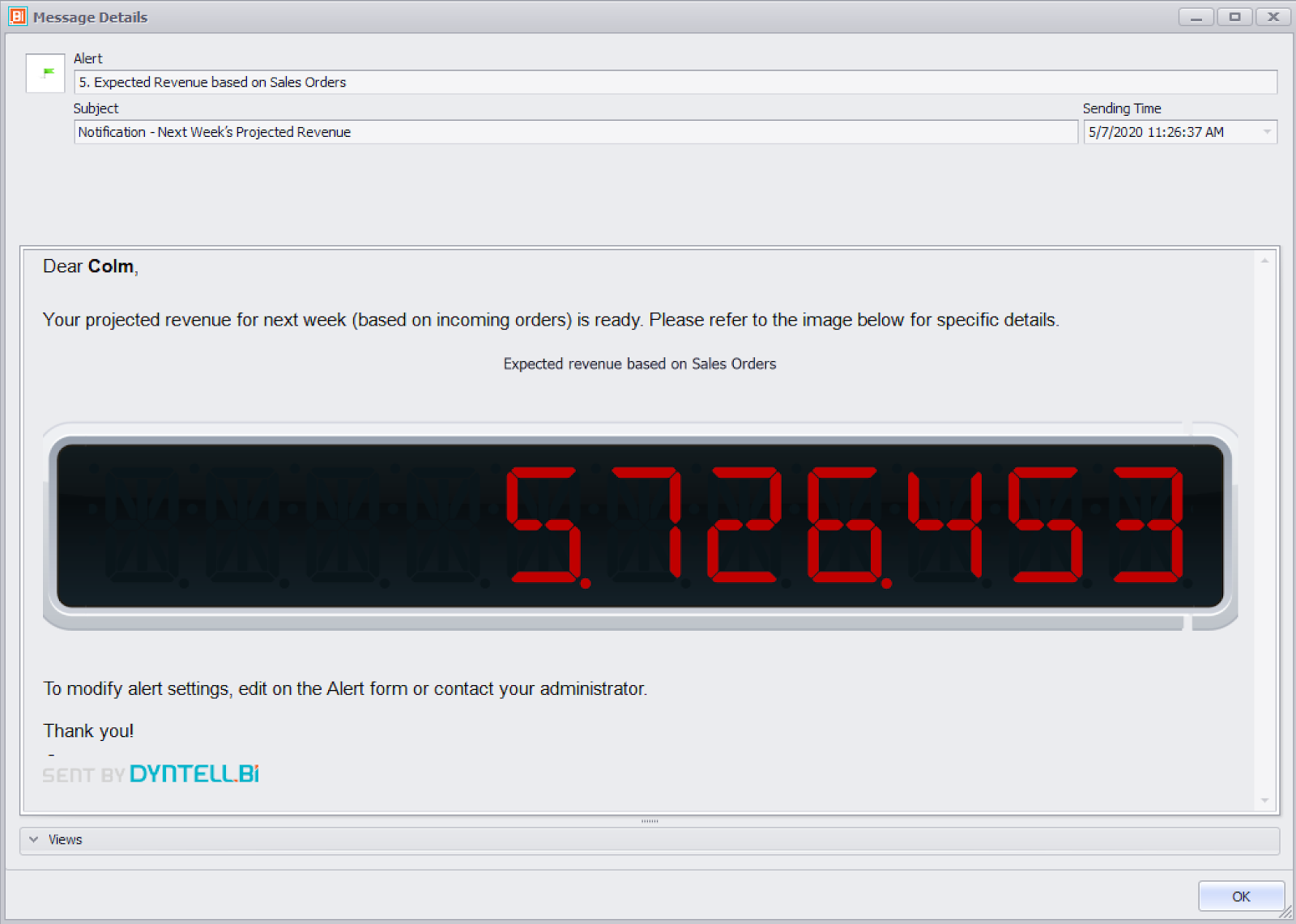Notifications and alerts have become an integral part of our lives, hour by hour, minute by minute. In fact, many of us look forward to them. Our devices bleep, boop and display pop ups that notify us of new content, new messages, new world events, and even potential new romantic partners.
But what about our businesses? What about being notified when something occurs within your organization in near real-time? Something you can take direct action on — capitalizing on an opportunity or averting a disaster, for example. An alerting system, such as those in BI softwares, provides just such a service. Let’s explore what makes an alert effective, what to avoid and how alerts apply to everyday workflows.
To put things in context let’s have a look at how organizations use BI alerts in everyday situations. Every company has a unique workflow or set of processes they follow and so being able to customize their user experience is very advantageous. There are specific challenges for different industries and even more company specific issues facing individual companies and teams.
Some businesses use BI almost exclusively for the alerts feature. One reason being that ERP solutions are not particularly good at stock management, inventory levels being a typical weak point. A suitable BI software can be an excellent supplementary tool.
First off, let’s define what makes an alert effective and then explore a manufacturing workflow and how an alert system can support it.
Creating Alerts that Matter
As we’ve mentioned, alerts can be a vital element in decision making, especially when immediate action is required. Yet how we create these alerts is by far the most important step: if an alert isn’t properly set up we could fall into a ‘boy who cried wolf’ scenario’, where a false alarm is raised and erodes trust in the system.
Data Metrics and Scoring
We want to make sure that we’re using quality data that has been filtered and cleaned for discrepancies, errors or outliers—this is our foundation. Secondly, it’s important to develop some type of scoring system if possible, a way to define the severity of the event that triggered an alert; we want resultant actions to be congruent with the task at hand.
Context is imperative since we want users to understand what the norm should be versus what’s abnormal. And a greater understanding of specifics makes all the difference. Imagine setting up an alert for tracking clicks on a marketing campaign: thousands of clicks from bots or unique clicks? These metrics need to be defined to make sure the alert lines up with reality.
An effective alert also needs to be meaningful. These could be event-triggered alerts (when a particular data point is reached or surpassed, for example), or regularly scheduled notifications that simply update the user. In short, we want the user to take action and make data-driven decisions.
Complex Workflows and Alerts
Now we’ll run through a workflow and highlight various scenarios and the corresponding alerts.
1. Incoming Order Notifications
Let’s say a company receives a sales order. At this initial step, BI can support an ERP system with an event-driven alert, which for example, alerts us that we do not have enough stock to fulfill the order. Or if there is enough raw material to begin production on the order, or not. Here the alert mode is email, so the recipient will get in an email format. You can see they’ll get just the most important information they need to take action steps. It’s simple, yet effective!
As you can see there is a clear indication in red that there is insufficient stock to fulfill the orders. Let’s say you are out of the office at a conference and you receive this alert. You can immediately contact your team, who should also get this alert if you set it up, and address the problem.

2. Production Notifications
Our next alert notifies the recipient that scheduled production has finished and specifically calculates the scrap/waste percentage for that particular run. It is a message to the specific users who have permission to receive this type of info. It can provide information about the quality of the processes or the condition of machines. This could be very useful for a production planner and his team to evaluate their processes. Every morning when you log in you’ll have a list of your alerts that will automatically appear throughout the day while you’re logged in.

3. Figures for Business Leaders
And of course, it’s not just about when things aren’t going right or we have problems. We can also get weekly informative notification about the total revenue from last week. Most leaders want simple figures that help them make the best decisions. A BOD can all receive this alert and then have a follow-up meeting so they are prepared to discuss the situation.

4. Regular Summary Notification
Next, we could send a recurring daily email (or weekly, monthly, etc. however you want to set it up) updating recipients about expected revenue for next week, which can help to calculate procurement if necessary. This information could show how accurate the operative plan by the controllers was. Perhaps this can update an ecommerce team about how their ads are performing in terms of conversions and then plan for next week’s ad budget based on projected revenue.

Alerts Work
There’s no doubt that alerts and notifications can make a significant difference for company processes. Our business world functions at lightning speed and that means reactions to events, positive or negative, need to keep up. Of course, as discussed, it’s absolutely fundamental that an alert system is set up using the appropriate metrics and parameters. From here we have the option to set the type of alert, the severity or score of the alert, and even provide some possible paths of action. Most BI solutions offer some type of alerting system. Make sure the one you choose fits your unique needs and demands.

